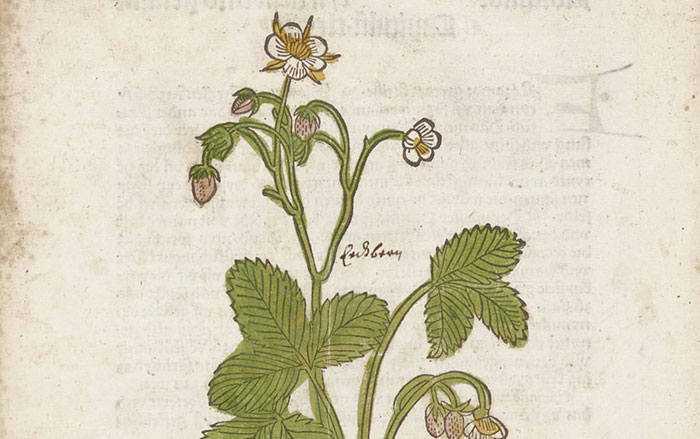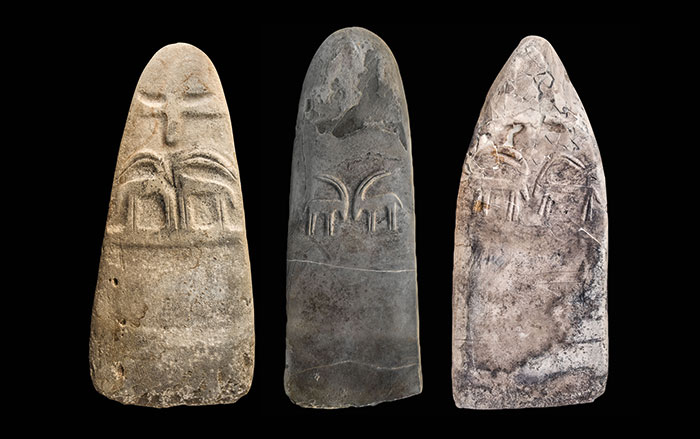
CLAIRVAUX ABBEY, FRANCE—Hundreds of years ago, Cistercian monks in France protected their treasured literary works with covers made from exotic animal skins, Science News reports. Clairvaux Abbey was founded in 1115 and its literary collection today contains over 1,000 medieval books. Most of these were wrapped with deer, sheep, or boar skin, but ancient DNA analysis of several perplexing furry volumes from the twelfth and thirteenth century revealed that they had been covered with seal hides. “I was like, ‘that’s not possible. There must be a mistake,’” said researcher Élodie Lévêque. “Seals didn’t frequent France’s northern coast at the time. I sent it again, and it came back as seal skin again.” The skins were proven to come from harbor seal populations living along the shores of Scandinavia, Denmark, Scotland, and even Iceland or Greenland. Norse hunters may have caught the seals and brought their pelts to northern France for trade, although the researchers suggest that the monks may not have been aware of their origins. Read the original scholarly article about this research in Royal Society Open Science. To read about a medicinal ointment recipe in a French medieval manuscript, go to "A Passion for Fruit: The Strawberry Cure."











